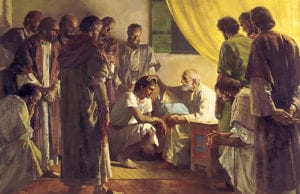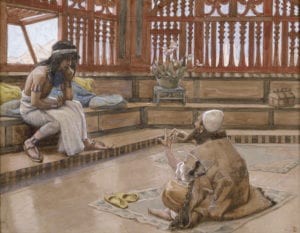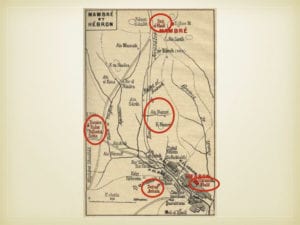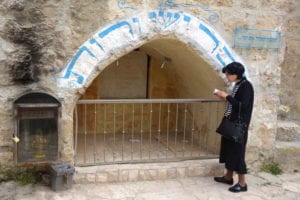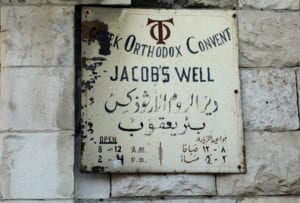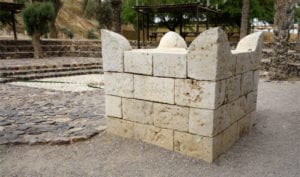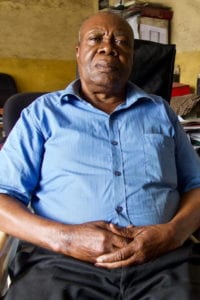
Photo Essay and Video Shorts for Gospel Doctrine Lesson 12:“Fruitful in the Land of My Affliction”(Genesis 40-45) (JBOTL12B)
Summary: This photo essay with accompanying video shorts are intended to supplement the study of Jacob’s blessings to his twelve sons as recorded in Genesis 49. As part of an assignment to gather oral histories for the Church History Library in the Democratic Republic of the Congo (DRC), I was accompanied by Brother Daniel Tusey Kola on a visit to Laurent Clément Shambuyi Biaya Katembwe, one of the first members of the Church in the DRC. Brother Shambuyi has served diligently in many leadership assignments and has now been called as a stake patriarch. The video shorts, subtitled in English, Brother Shambuyi’s answers to three questions: “What is a patriarchal blessing?” “What is the significance of the declaration of lineage?” And “What is the role of revelation in patriarchal blessings?”
The photo essay and video shorts may be found at the Interpreter Foundation website: KnoWhy OTL12B — What Can We Learn About Patriarchal Blessings from a Congolese Patriarch?
